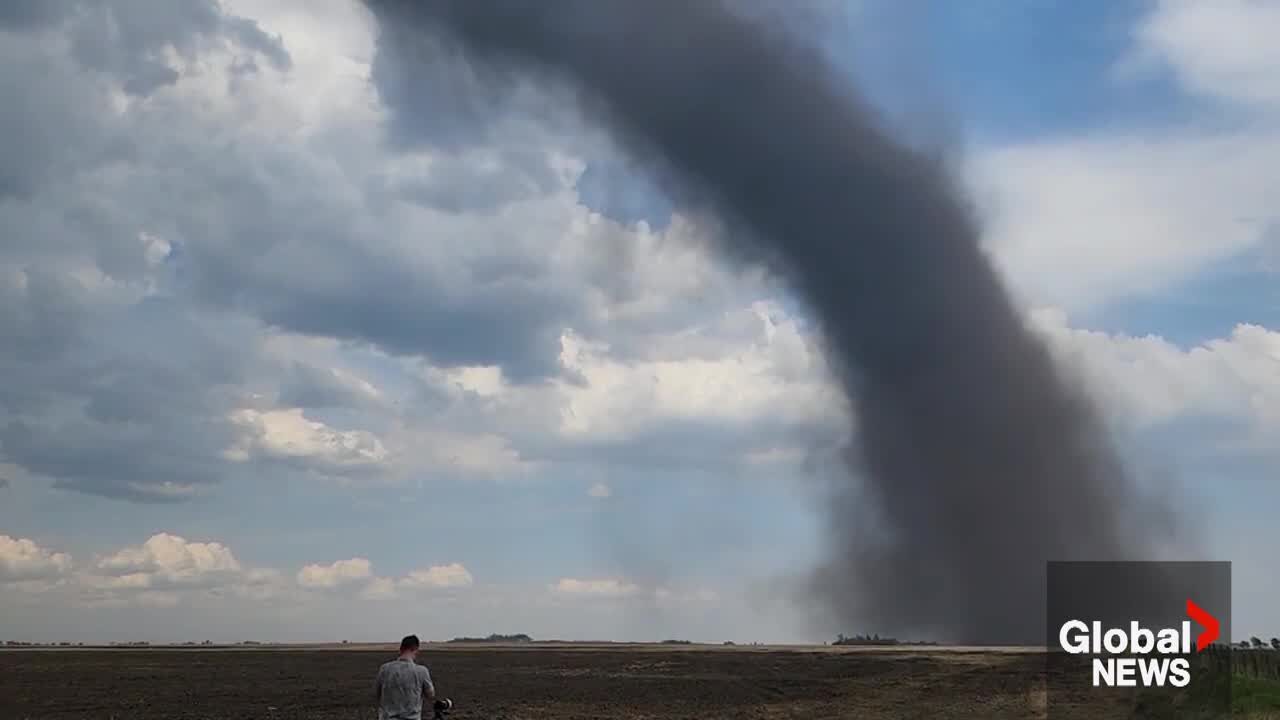OF THE
TIMES
They call it "The American Dream," because you have to be asleep to believe it.
The Cuban missile crisis was an example of the USA threatening Armageddon and the use nuclear weapons to enforce their "Monroe Doctrine" (any...
Tangential link. Watson in his 10 minute videos gives excellent views of what is happening. In this one, he shows the effects of illegal aliens in...
Quote: "Gillibrand noted that two knowledgeable individuals with whom she has met "refused to meet with" Kirkpatrick or his office. These...
Quote: "More and more people now believe that the virus was leaked or escaped from a laboratory at the Wuhan Institute of Virology, which has been...
Magnetic Pole Shift - Extinction Event (Suspicious Observers) - [Link] Central planners should be working on ways to eliminate the population...
To submit an article for publication, see our Submission Guidelines
Reader comments do not necessarily reflect the views of the volunteers, editors, and directors of SOTT.net or the Quantum Future Group.
Some icons on this site were created by: Afterglow, Aha-Soft, AntialiasFactory, artdesigner.lv, Artura, DailyOverview, Everaldo, GraphicsFuel, IconFactory, Iconka, IconShock, Icons-Land, i-love-icons, KDE-look.org, Klukeart, mugenb16, Map Icons Collection, PetshopBoxStudio, VisualPharm, wbeiruti, WebIconset
Powered by PikaJS 🐁 and In·Site
Original content © 2002-2024 by Sott.net/Signs of the Times. See: FAIR USE NOTICE

Reader Comments
to our Newsletter